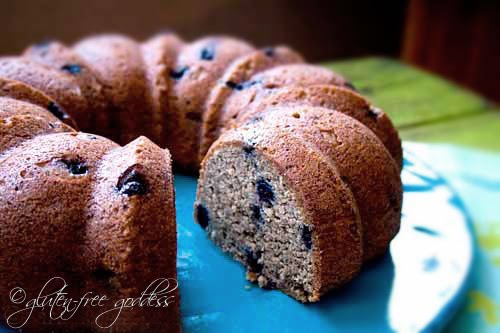As Harry
Enfield's "It's only
meee!" character used to say. I'm talking about Demand Five, Channel 5
TV's on-line "watch television on demand" service.
Up until last Friday, I was watching Neighbours using
Firefox 3. Yes, I know that's really sad! On Monday, I went to watch Neighbours and was greeted by a new Media Player window displaying:
"
Your flash plug-in is out of datePlease download the latest version here"
No
problemo, thought I. I updated my flash plug-in and went back to watch Neighbours, to be greeted by the new Media Player window displaying:
"
Your flash plug-in is out of datePlease download the latest version here"
Uh-oh! I contacted the Demand Five Support Team informing them of my problem. I got the following reply:
"Greetings,
Thank you for contacting the Demand Five Support Team.
Please try to access with Internet Explorer..."
I stopped reading at that point as I don't use Internet Explorer. I e-mailed the Support Team informing them of that fact. I got the following reply:
"Greetings,
We apologize for the inconvenience, since our contents are related with
DRM therefore our service is only compatible with Internet Explorer. All other browsers (e.g.,
Firefox, Opera, Safari, etc...) are not compatible at this time..."
They left out Google Chrome! So basically, Demand Five just alienated a large number of their users by making their site incompatible with every browser except Internet Explorer. Thanks a bunch! (That's an ironic thank you, for the benefit of foreign readers).
As I really wanted to watch Neighbours, I ran Internet Explorer, updated my flash plug-in and off I went. Monday's episode played O.K. but Tuesday's episode stopped after the 15 second Weight-Watcher's intro'. I e-mailed the Support Team informing them of that fact. I got the following reply:
"Greetings,
Please upgrade your
DRM security at the following site:
http://go.microsoft.com/FWLink?LinkID=34506
The Demand Five Support Team
downloadsupport@five.tvAM"
I clicked the link and pressed the Upgrade button. It didn't work. I e-mailed the Support Team informing them of that fact. I got the following reply:
"Greetings,
Thank you for contacting the Demand Five Support Team.
Please follow the instructions given below:
Please open Windows Media Player (
WMP)
In the menu area at the top of the
WMP window, click "Tools"
If "Tools" is not visible, Right-click on the upper bar area on
WMP and a Menu-list will appear
In the list that appears, choose "Options"
In the window that opens, the "Player" tab will be the first tab displayed
Please ensure that both "Download
codecs automatically" and "Connect to the Internet" are selected
Please select the "File Types" tab
Click "Select All", located below and to the right of the list
Click "Apply", located at the bottom of the "Options" window
Please select the "Network" tab
In the "Protocols for
MMS URLs" section,
un-check "
RTSP/
UDP" and "
RTSP/
TCP"
Now, re-check "
RTSP/
UDP" and "
RTSP/
TCP"
All three protocols should now be selected
Click "OK" at the bottom of the "Options" Window
Please close Windows Media Player."
It worked. I e-mailed the Support Team informing them of that fact and also asked them why Demand Five couldn't be as easy to use as BBC
iPlayer. I didn't get a reply. I have posted the above information so that you too can watch Neighbours....everybody needs good Neighbours....
UPDATE: The Demand Five media player now works with Firefox 3 and Safari. This may mean that it now also works with Opera & Chrome.
According to the support page, it's still not compatible with Firefox 3, so don't tell Demand Five in case they mess it up again!
 He was a dentist, so he got to see inside a lot of mouths. What he saw worried him - a lot. There's no point in me copying and pasting stuff that someone else has written, so read all about it at http://www.westonaprice.org/Weston-A.-Price-DDS.html
He was a dentist, so he got to see inside a lot of mouths. What he saw worried him - a lot. There's no point in me copying and pasting stuff that someone else has written, so read all about it at http://www.westonaprice.org/Weston-A.-Price-DDS.html





















